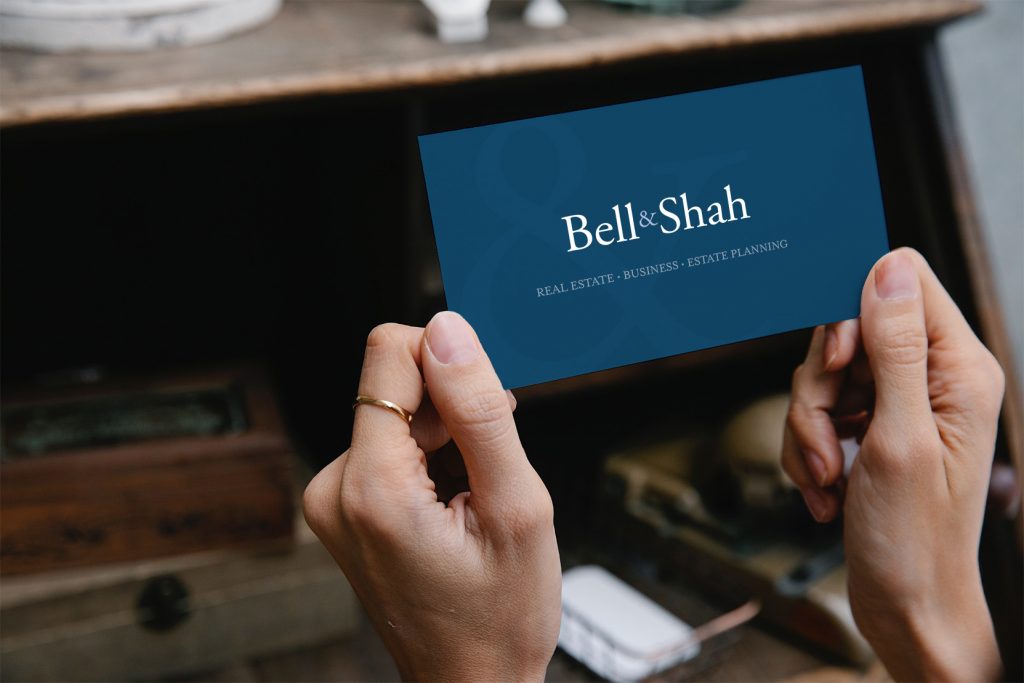By describing your conditions and expectations about rent payments, use of your property, and related topics, a well-fashioned landlord and tenant agreement provides the foundation for successful communication between you and your renters. The agreement also functions as a guidebook when issues arise. It can alleviate problems before they occur if written in the clearest and least ambiguous terms possible.
The following are some tips for producing a top-notch landlord and tenant agreement that can save you a lot of trouble, lost time, and legal aggravation.
1. Customize Your Agreement to Meet Your Individual Needs
Although a rental agreement template may be helpful to use, it is also essential to customize your agreement based on (1) local, state, and federal laws; and (2) your unambiguous rental terms and conditions. Each state has its own regulations about security deposits, mandatory disclosures, and other issues. Make sure to tailor your agreement in accordance with these laws by including the appropriate disclosures and clauses.
Your agreement must also reflect your particular rental terms and requirements. If you have rules beyond those of the city regarding pets, automatic renewals, or other topics, they should be part of your agreement.
2. Include Unambiguous Terms about Paying Rent and Security Deposits
State laws are precise about the first month’s rent and security deposits. So, make sure your agreement includes clear wording about rent payments, your security deposit return policy, property damage, and related matters. Also, it’s important to require an application from potential renters. Explain if you will do background, reference, and credit checks to avoid problems later.
3. Establish Clear Policies on Keeping Pets, Subletting, and Other Activities
If your policies on subletting, having pets, and other actions are all clearly spelled out in a lease signed by the tenant, he or she can’t later claim a lack of knowledge about the rules. Make sure these are all clear.
4. Describe Any Other Fees and Responsibilities
Make sure to delineate all additional fees or services, such as utility bills and connection fees, for which the renter will be accountable. It should also cover maintenance, for example, lawn care and snow shoveling, along with the costs. Is an added fee required, or will the renter be responsible for hiring a provider or doing it themselves?
5. Spell out Penalties for Breaking or Violating the Agreement
If the renter wants to break the agreement, will he or she have to pay rent until a new tenant can be found? And will there be additional penalties for breaking the agreement? What if the agreement’s terms are violated? Do you want to maintain the right to terminate?
Contact Bell & Shah, LLC today for help with creating a top-quality landlord and tenant agreement. Our team of knowledgeable real estate attorneys can guide you in crafting a document that will meet all your needs and ensure that your rights are protected.

